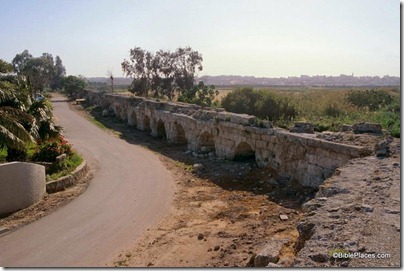From the University of Arkansas:
The end of the third millennium B.C. – roughly 2200 to 2000 B.C. – is often described as a dark age because this period experienced the collapse of many major states, including the Akkadian Empire in Mesopotamia, Old Kingdom Egypt and the Harappan culture of the Indus Valley. Major cities and small towns across the Middle East that had been occupied for centuries were suddenly abandoned, leaving a gap in the archaeological and historical record.
“Tells” are the name for ancient cities and towns, preserved today as large mounds, throughout the Middle East. Until the 1980s, little was known about Tell Qarqur, the site of two large mounds that archeologists know was occupied continuously for more than 10,000 years, from 8500 B.C. to the medieval period. Tell Qarqur experienced particularly large occupations during the Bronze and Iron Ages, from 3000 to 500 B.C.
The researchers are now trying to understand why Tell Qarqur survived, when nearly all civilizations in the region during that time collapsed. Some anthropologists have attributed the demise of these settlements to widespread drought. If there was a drought, Casana said, the important question was how it affected the environment and ancient communities, that is, how susceptible were their agricultural strategies to drought and did they adapt to changing conditions? These are some of the questions Casana seeks to answer with continued research at the site.
The full press release is here, Live Science reports on the excavations here, and nine photos may be viewed here.
HT: Joseph Lauer
